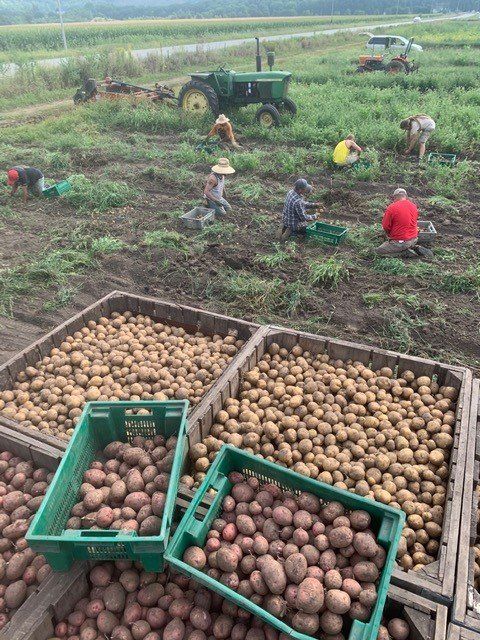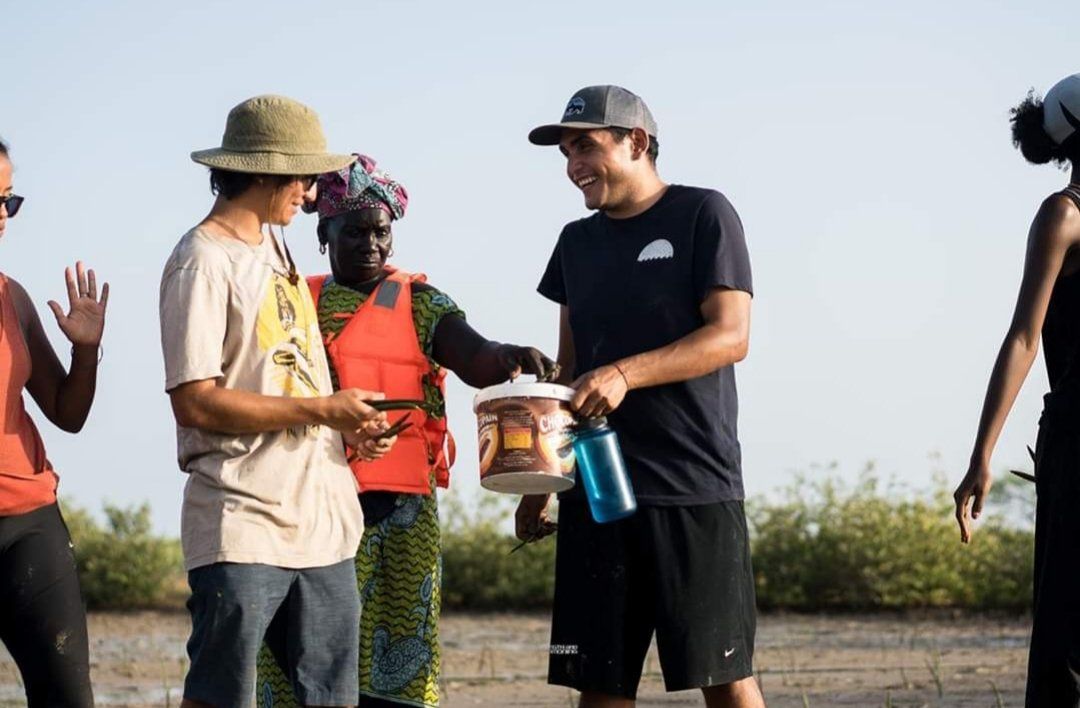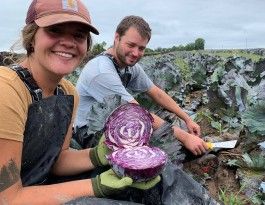Longtime readers of the Featherstone Farm CSA newsletter are no doubt very familiar with the effects of excessive rainfall on vegetable production. Rain incubates and spreads the majority of bacterial and fungal pathogens. So when it rains day after day and week after week, diseases spread, quality declines, and yields fall. Rain also keeps the flushes of weed germination coming, while at the same time making it hard to get tractors into the field to manage said weeds, or harvest or do any other sort of field work. In short we would rather have it be dry than wet, all else being equal.
And this season, for the first time in years, we had a truly dry late summer. After a “new normal” wet June and early July, the spigot turned off towards the end of the month. Between then and last Friday (August 28) we received no meaningful rainfall here at Featherstone Farm. We got a 1/10 of an inch here or there, but nothing to even keep the soil moist more than a few hours after the sun came out.
The effects of this varied across the farm, between fields and between crop groups. In our valley fields, we are able to irrigate pretty comprehensively. Jose and Lupe worked incredibly long hours running (and repairing) the drip lines, sprinklers, pumps, and the traveling sprinkler gun. As a result we were mostly able to deliver the water crops in the valley needed, without subjecting them to so much moisture that disease set in. On the ridge, irrigation is much more limited and we have several fields that are dry farmed, that is we just plant and hope for the best. Here, the lack of rainfall was probably a net negative. These brassica and squash fields became legitimately dry during the month of August. We began to see evidence of water stress – stunted plants and slow growth. The soaking rains we finally got last Friday came just in time for the plants to put on one more push of growth through September before the sun sinks too low in the sky to deliver much usable energy.
And in dry bean world, which I farm independently of Featherstone, I’m looking at my healthiest crop possibly ever. We essentially enjoyed the climate of the west coast regions where most commercial dry bean production takes place – ample rains in early summer, switching to dry conditions in the second half of the season, during pod development. As a result there is almost no yield loss to mold or stained beans. And, harvest has been much more relaxed without having to worry about getting ripe beans out ahead of a 4 or 5 day wet spell.
So overall the summer season has felt like a real success. We have produced some of the best looking tomatoes, melons, and watermelons I have seen in my time here at Featherstone. Black rot, our main brassica disease, has been mostly absent this year. Our field grown tomatoes look as pristine as if they had come out of a greenhouse. Of course there are still two or three pivotal months ahead of us, but in the context of this year we call 2020, it’s nice to feel like something is going right.
We hope you've been enjoying the bounties of a dry season and we all thank you for being members of our farm this season!
Gratefully,
Ben Bisbach
Crop Manager




